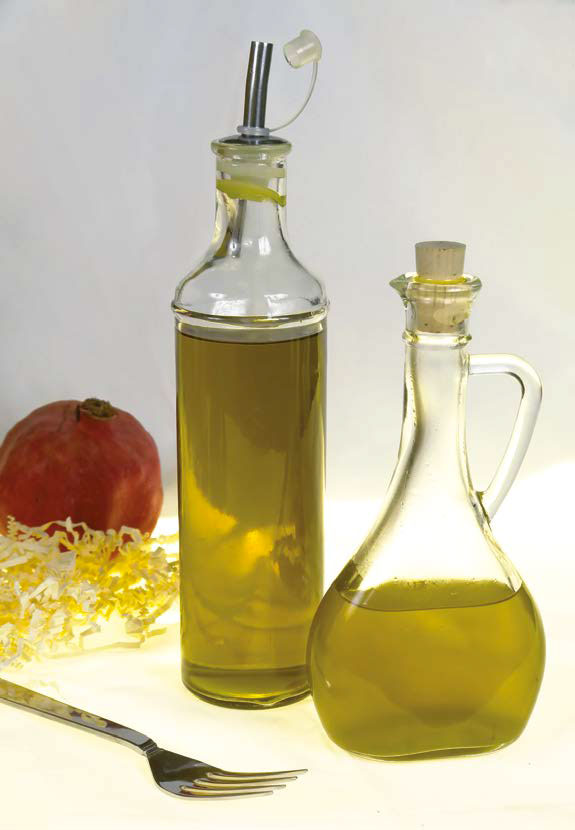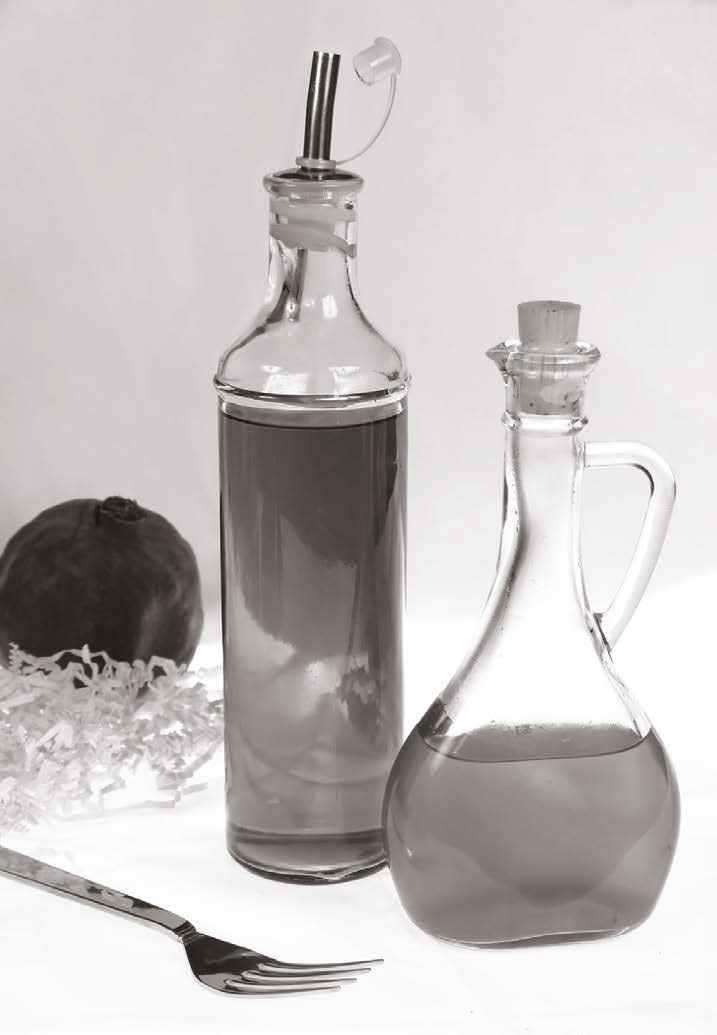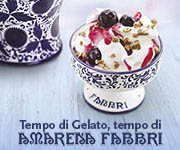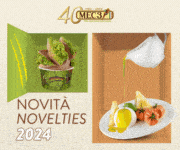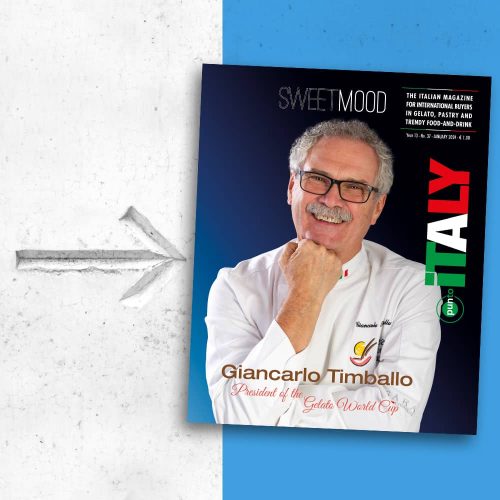The secrets of Oil
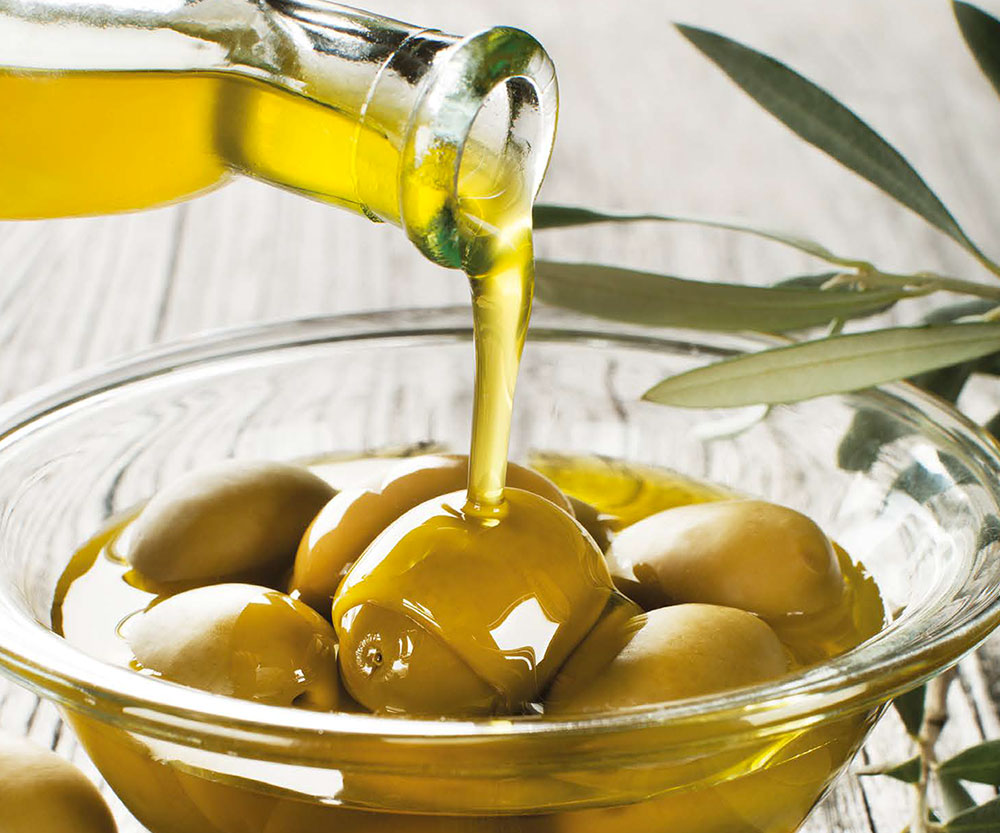
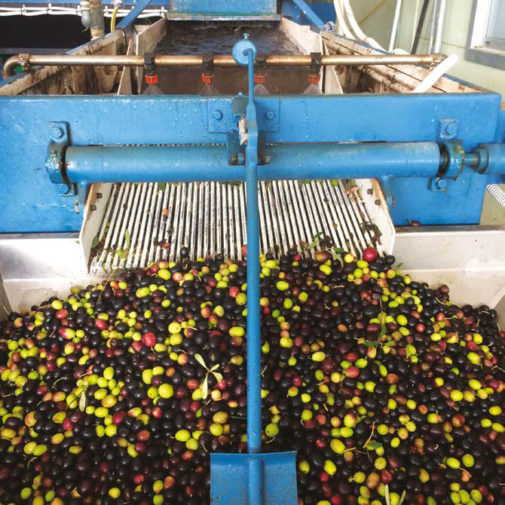
Oil is a unique food for its flavor, beneficial properties, and use in the kitchen. In addition to being the condiment par excellence of the Mediterranean diet, it is now widely used in the pastry shop, offering the possibility of combining taste and health. As proven by many traditional Italian recipes, it can be used as a substitute for butter.
Throughout the world, Italian olive oil is considered a product of excellent quality, so much so that it is one of the most coun terfeited foods in foreign markets.
To avoid scams and to get the best results in the kitchen and in the production area, it is necessary to know more about quality oil.
Extra virgin oil in the pastry shop
Not all extra virgin olive oils have the same qualities. Here’s which ones are best for the pastry shop.
• extra virgin olive oils with a light fruity flavor and an almond aftertaste, not very aggressive, are suitable for delicate desserts like ciambella, rice cake, pound cake, apple fritters or spreadable creams.
• extra virgin olive oils with a medium fruity flavor and velvety taste balanced by bitter and spicy notes are suitable for nut cakes, apple strudel, Sicilian cassata, jam tart, and chestnut cake.
• extra virgin olive oils with an intense fruity flavor with accentuated notes of black pepper, cinnamon and almond are ideal fordry pastries and pralines.
If you use it as a substitute for butter, keep in mind that oil is 100% fat while butter has 15% of water, so 100 g of butter is equal to 85 g of oil and 15 g of water.
If you make an oil panettone, you cannot completely eliminate the butter, but you can lighten it with olive oil.
When making desserts you can also use seed oil, preferably sunflower oil.
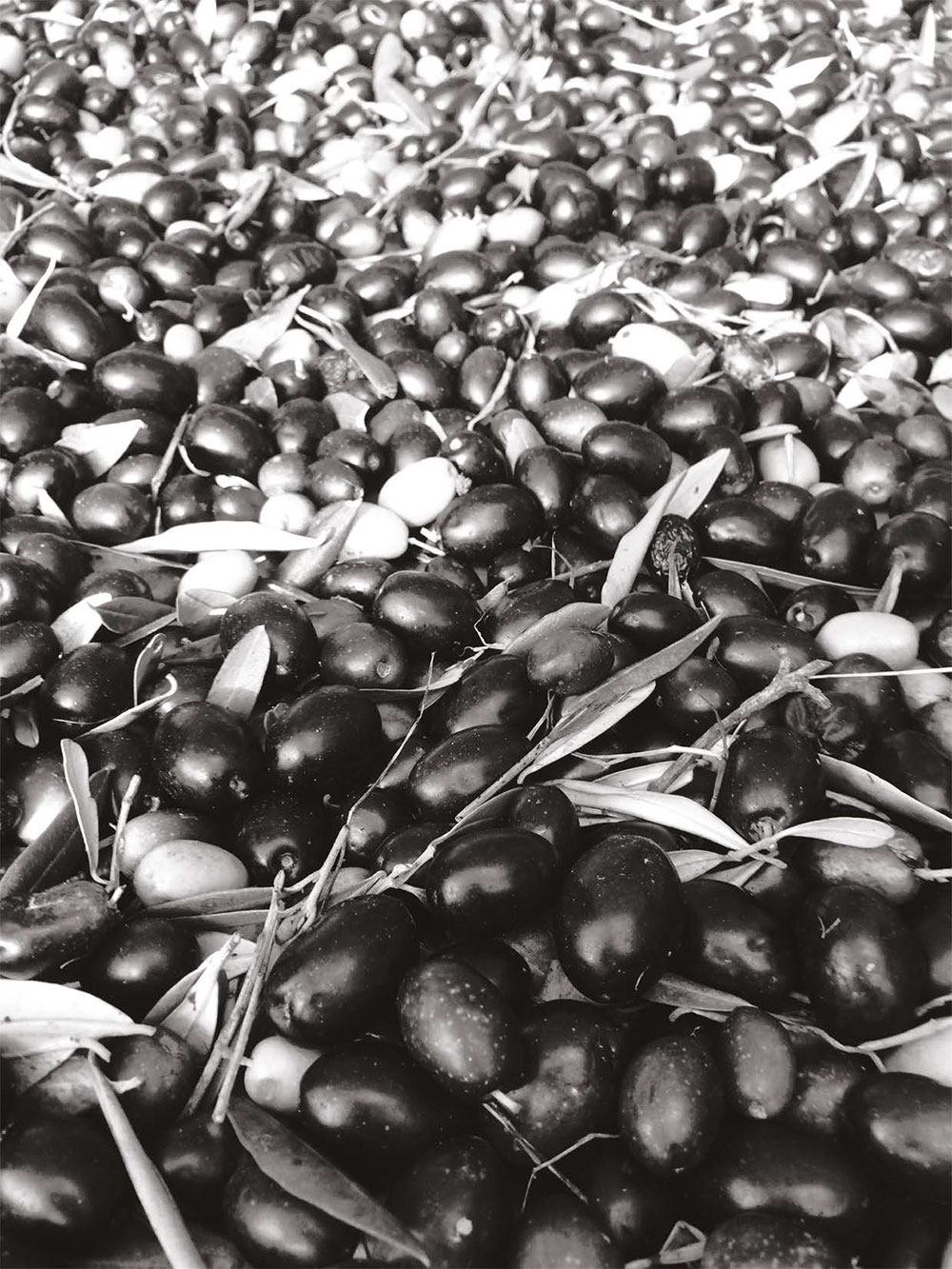
Getting to know oils
A first consideration is fundamental. Not all oils have the same characteristics.
The differences are due to the different varieties of olive used (the cultivar), the soil in which the trees are grown, the climate, and the production method used.
The olive tree
The olive tree is an evergreen plant that needs a warm climate. It alternates years of abundant production with scarce ones.
Olives can be grouped into three categories: for eating,for oil, mixed.
The most common varieties are: Carboncella, Casaliva del Garda, Frantoio, Ogliarola from Bari, Ogliarola from Messina, Taggiasca.
Harvesting, not only manually
Harvesting can be done manually or mechanically. The best manual method is called brucatura (grazing). The olives are picked individually and placed in a basket, often tied to the belt of the person picking them. Brucatura with a canvas is faster and cheaper: the olives detached or shaken from the tree are dropped on a canvas lying on the ground.
Those who use the bacchiatura method shake the branches with poles.
The worst method is raccattatura, picking up olives that have fallen to the ground. Mechanical harvesting can be done in two ways: with a brushing machine that separates the leaves from the olives, or with a machine with an arm that vibrates the branch so that the olives fall to the ground.
Pressing and extraction
The olives are separated from the leaves and cleaned, then they are crushed. Traditionally this is done with two large wheels of granite called molazze (mills) that rotate on a large granite surface.
After crushing, the pulp and pits are stirred to reduce their volume and to separate the water from the oil. The oil is separated from the vegetation water and from the solid part called pomace.
The traditional method consists in pressing the mass to obtain the liquid part. A faster method, but not recommended, is continuous centrifugation.
Different types of oil
• Extra virgin: the best quality
• Virgin: a mix of different refined and virgin oils
• Olive pomace: a mix
The extra virgin oils are not all the same. In addition to the cultivars you have to consider the unique characteristics of oils obtained from olives grownin suitable areas and pressed after harvesting.
The differences in flavor and aroma of the oils are then determined by the artisanal or industrial harvesting and processing systems. All these factors determine the differences in price.

Glossary
• Aggressive: very intense, strong taste, often causes the palate to tingle.
• Bitter: made from unripe olives; the bitterness must not be overwhelming.
• Harmonic: full flavor, without dominant notes.
• Characteristic: including a typical aspect that distinguishes it (e.g., walnut)
• Sweet: without bitter, sour or spicy components; recalls the taste of sweet almond.
• Herbal: the aroma recalls freshly cut grass.
• Green leaf: green leaves are added to the crusher.
• Fruity: the taste of the olive harvested at just the right time.
• Almondy: recalls the taste of almond.
• Mature: a pleasantly fruity flavor, with a round body tending towards sweetness.
• Pungent: characteristic of young oils.
• Round: an extra virgin olive oil with no dominant aromas, made from ripe olives.
• Pomace: solid part that remains after oil extraction.
• Pleasant: extracted from ripe olives, with a sweet taste.
• Green: young oil with a slightly herbal taste.
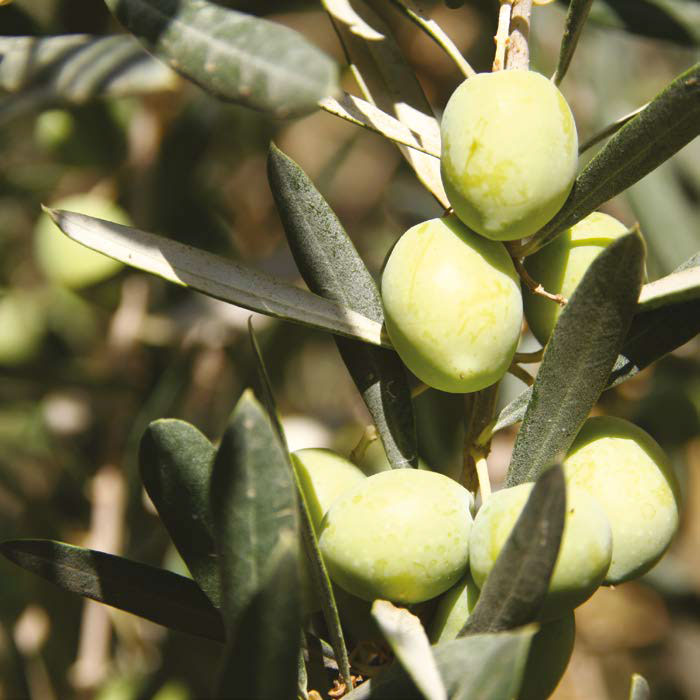
How to taste
Sight. Three aspects are assessed by observing the oil against the light: clarity, consistency, color. The clarity is determined by the filtration processes, the density of the oil varies according to the origin of the olives, and the color must be somewhere between yellow and intense green.
Smell. The fragrance of the oil can be imperceptible or pronounced: faint when the scent is noticed immediately but not aggressively; penetrating if the aroma is bold. Young oil has a fruity, fresh scent; defective oils are generally acidic, with moldy smells.
Taste. An oil can be:
• Sweet: the taste is pleasant, there are no obvious bitter, sour or spicy flavors.
• Bitter: made from unripe olives.
• Pungent: freshly extracted.
• Harmonious: full taste, without the dominance of one flavor over another.
• Mature: fruity, tending to sweet and soft.
• Fruity: with the taste of ripe olives.
• Round: without any dominant aromas.
• Pleasant: sweet taste, nuanced.
Italy is an olive grove
The oils produced in alluvial basins in northern Italy, in the Ligurian Riviera, in some Marche territories, are light, fine, delicate.
Those of Central Italy, including Umbria and Tuscany, have stronger characteristics, a savory flavor, and an intense aroma. The oils of the South, even if today they go through more processing, are full-bodied and penetrating.
Combinations
Like wine, oil is enhanced through combinations. Thus steamed fish goes perfectly with a delicate oil. On the other hand, a tasty
grilled meat prefers a full-bodied and strong oil.
Recent Blog Posts
 Medac and AIFA: Hip hip hooray for Charles!
Medac and AIFA: Hip hip hooray for Charles! Sigep 2024 - Carpigiani’s special events with a look at the “green” future of Gelato and pastry
Sigep 2024 - Carpigiani’s special events with a look at the “green” future of Gelato and pastry Maurizio Manzi, as Ambassador for AIG, at the Melbourne Italian Festa
Maurizio Manzi, as Ambassador for AIG, at the Melbourne Italian Festa Medac awarded with the EcoVadis gold medal
Medac awarded with the EcoVadis gold medal MIG Longarone and SIRHA Budapest: a new dynamic space for italian gelato
MIG Longarone and SIRHA Budapest: a new dynamic space for italian gelato Medac supports Alice Italian Food Academy
Medac supports Alice Italian Food Academy The Gelatissimo 2024 online ticket office is officially open.
The Gelatissimo 2024 online ticket office is officially open. Casa Optima Group looks for two exclusive agents
Casa Optima Group looks for two exclusive agents Gelatissimo 2024: here the first information
Gelatissimo 2024: here the first information Ci Gusta opens a new store into the “Il Mercato Eat&Meet” in Reggio Emilia
Ci Gusta opens a new store into the “Il Mercato Eat&Meet” in Reggio Emilia

